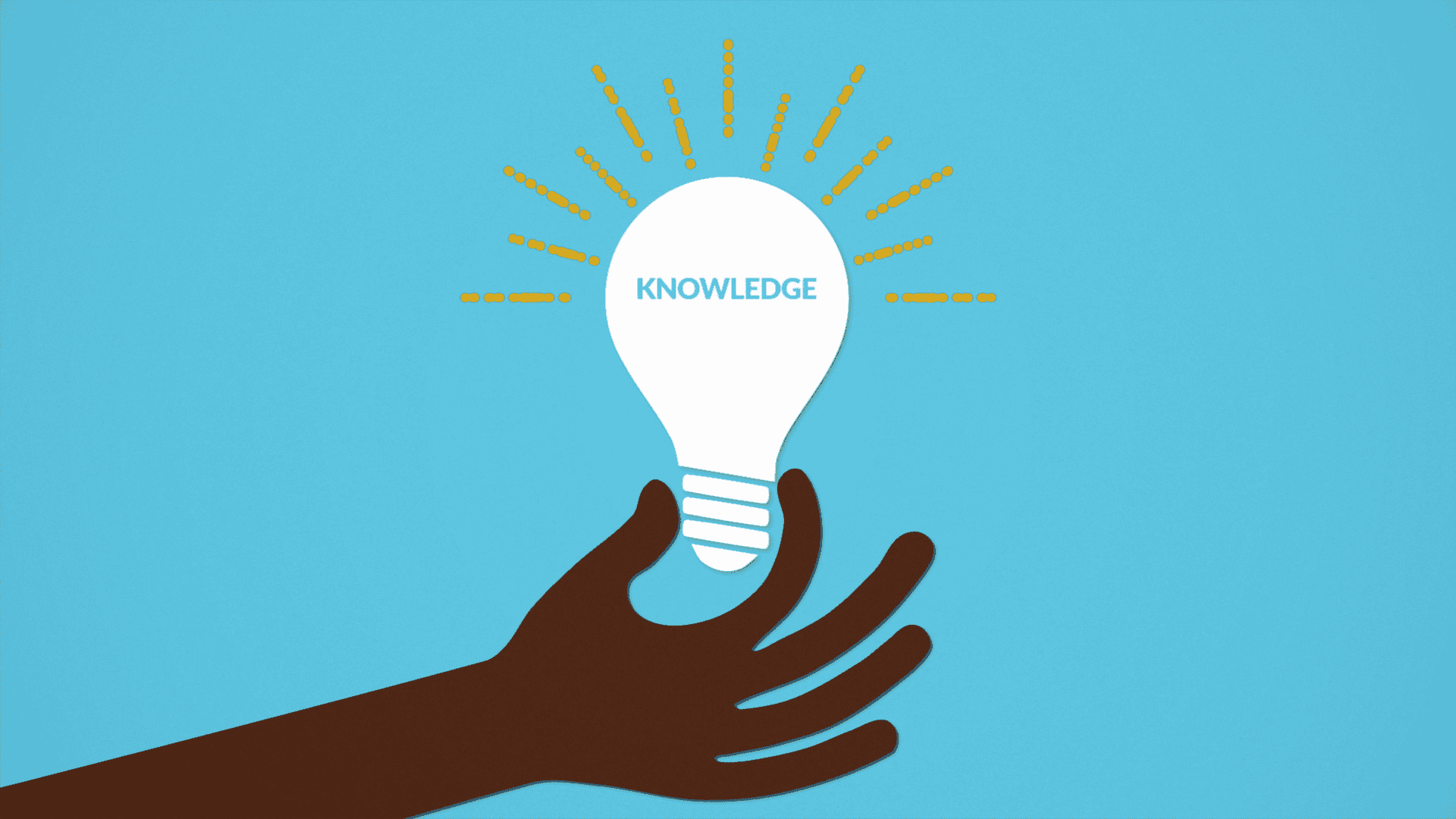Knowledge is power – it’s time to close the HIV knowledge gap
Avert CEO, Sarah Hand, discusses the importance of health literacy in the HIV response, and the positive potential of digital communications in achieving global HIV targets
Avert CEO, Sarah Hand, discusses the importance of health literacy in the HIV response, and the positive potential of digital communications in achieving global HIV targets
Published on Avert.org on 15 July 2021
There is a knowledge gap in HIV that affects millions of people every day. People who say, “I didn’t know that…”, or “If I had known that…”. Yet they all have a right to information on HIV and sexual health that gives them agency, supports self-care, empowers, provides choice and supports informed decision-making. For too long we have undervalued the importance of health literacy in the HIV response. Health literacy improves health outcomes and addresses people’s right to health information.
It is difficult to say exactly why health literacy has been undervalued in the HIV response. However, we are now at a point where we are facing a crisis. Only a third of young women in sub-Saharan Africa have comprehensive knowledge about HIV and sexual health. Last year we failed to meet the UNAIDS 2020 prevention targets, with over 1.7 million people acquiring HIV – three times higher than the target.
HIV is also dropping down the priority list of health issues that people have the bandwidth and attention for. We will have to work hard to get the attention of millions of young people who don’t see HIV as their concern anymore. To counter this we need to use the available evidence and expertise and seize the opportunities that health literacy approaches, and in particular digital health literacy approaches, present.
We need to place greater emphasis on the importance of health communication across HIV prevention, treatment, care and wellbeing. We need to ensure we do this using high quality health communication and dissemination approaches that resonate with the people who need to be reached – that includes those most marginalised and vulnerable to HIV. A private sector marketing executive might say that HIV needs a re-brand.
Indeed, we are competing for the attention of millions of people at risk of HIV who are growing up in the fourth decade of this epidemic. While those with HIV in the 1980s had a life expectancy of 18 months, today with access to treatment HIV can be managed as a long-term chronic condition. Our communication strategies and the tools we use to disseminate information need to keep pace so they remain accessible and relevant to today’s audience.
We must end the shameful reality that far too many people still don’t understand their own personal risk of acquiring HIV, nor have the confidence and health literacy to manage living with HIV. We must use health communication to overcome the stigma and prejudice that has surrounded HIV since the start, and present health information that closes the knowledge gaps and supports self-efficacy.
The rise in mobile phone ownership and internet access presents an enormous opportunity to support health literacy and communication strategies. There are 4.66 billion internet users worldwide (2021) – that’s 59.5 percent of the global population. Of this total, 92.6 percent (4.32 billion) access the internet via mobile devices. Through growing individual access, and by empowering community gatekeepers with access to the most marginalised, digital provides fantastic opportunities to address access barriers to basic health information and health literacy. No longer does a young gay man growing up in a conservative environment have to worry about plucking up the courage to ask a health worker about sex; or rely only on what he may hear from peers or read in an out-of-date pamphlet that was not written with him in mind. Having even intermittent, shared access to the internet means he can obtain and engage with information that speaks to him and works for him. He has choice now – choice to become more informed and more empowered.
I believe that investing in strategies to improve the health literacy of those most at risk of HIV infection, or those living with HIV, is time and money well spent. I believe that health literacy is a right that we must fulfil. UNAIDS is now aiming for less than 400,000 new infections per year by 2025 – let’s maximise the positive potential of digital communications to achieve this and more.
Read our strategy to understand our work on health literacy and how we are moving from knowledge to action.
